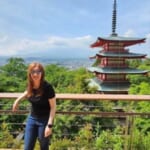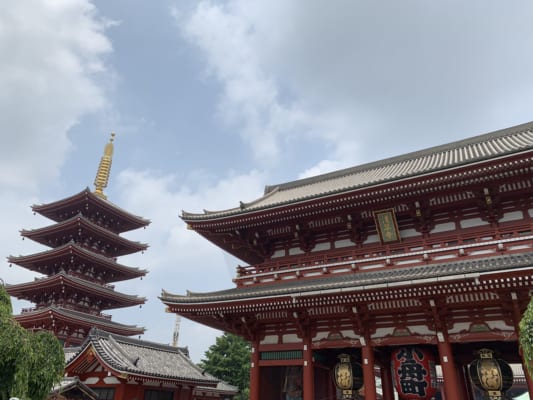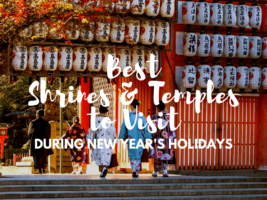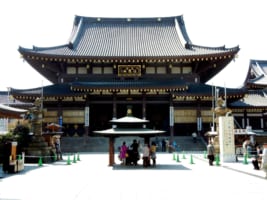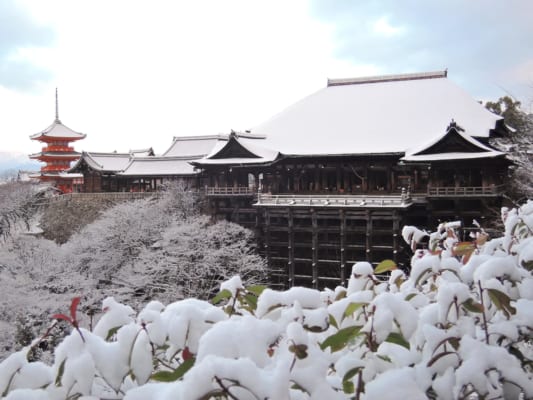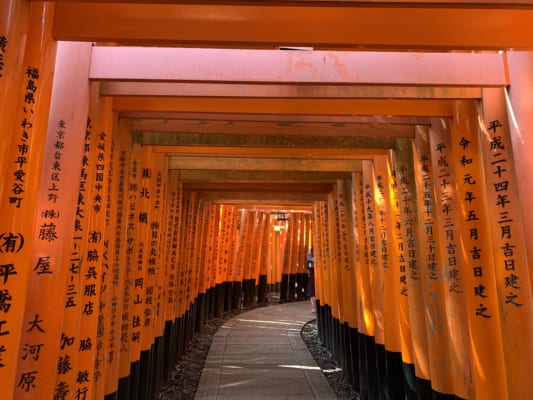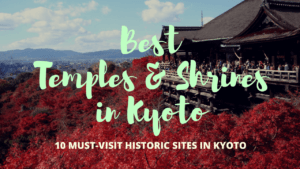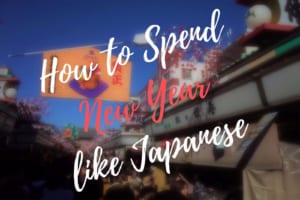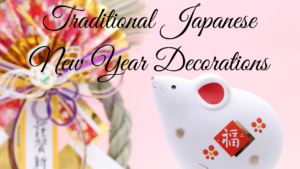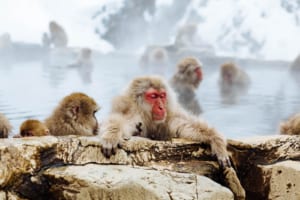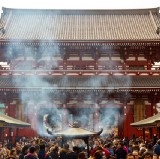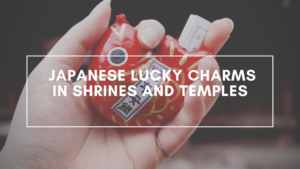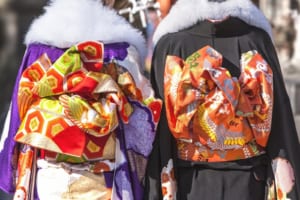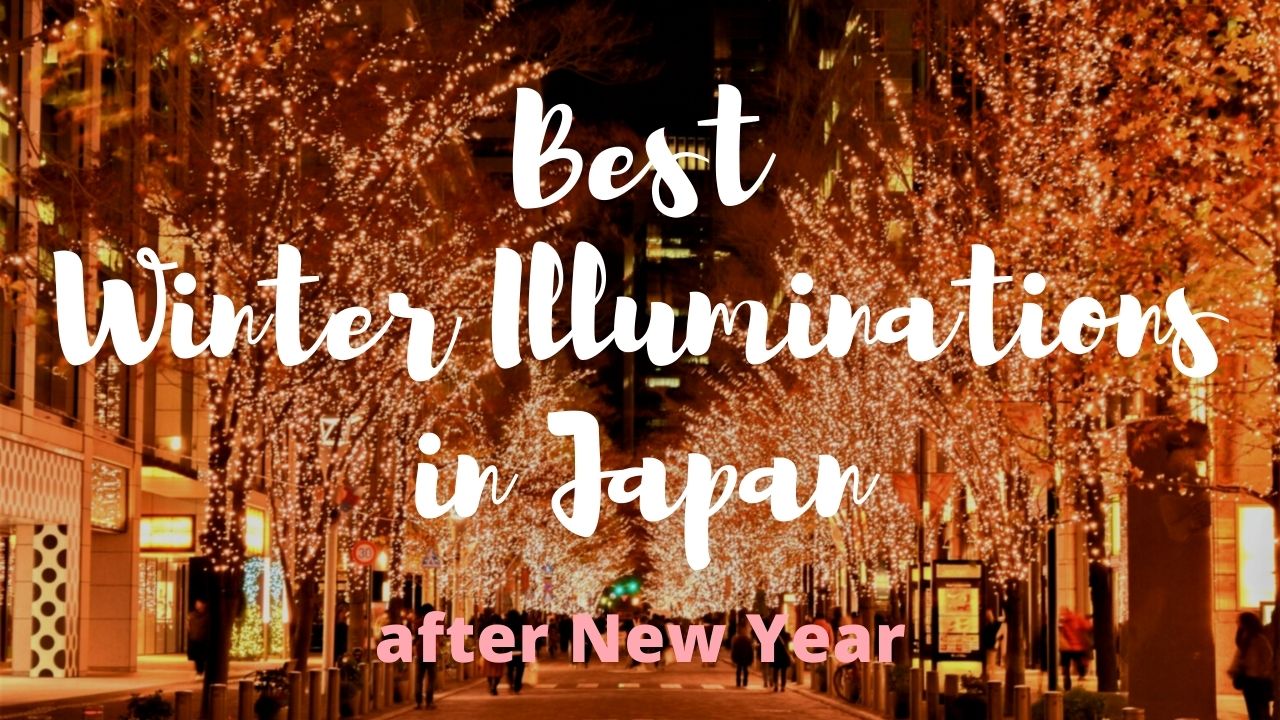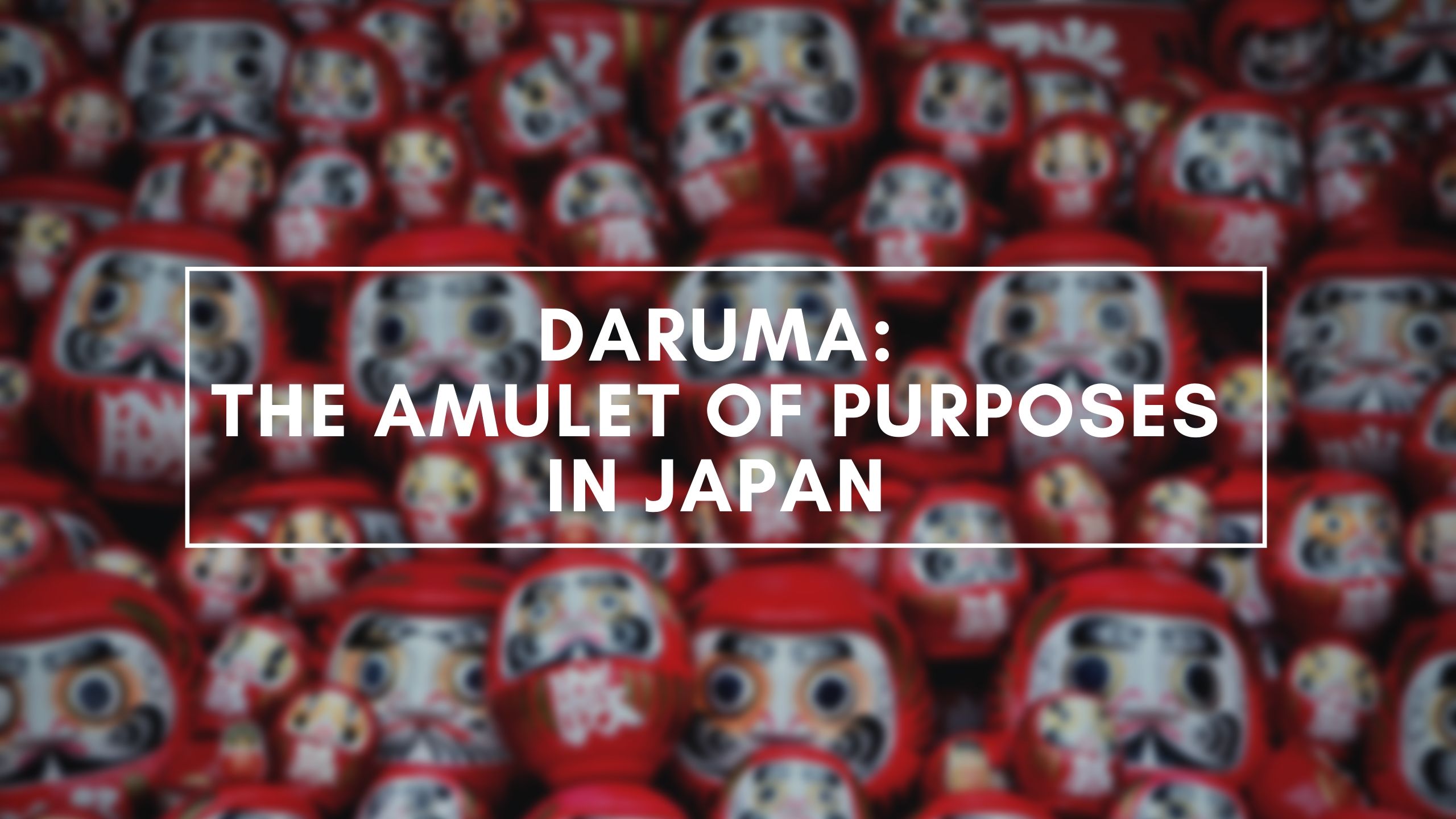10 Best Temples and Shrines for the First Visit of the Year (Hatsumode) in Japan
Top Temples and Shrines for Hatsumode in Japan
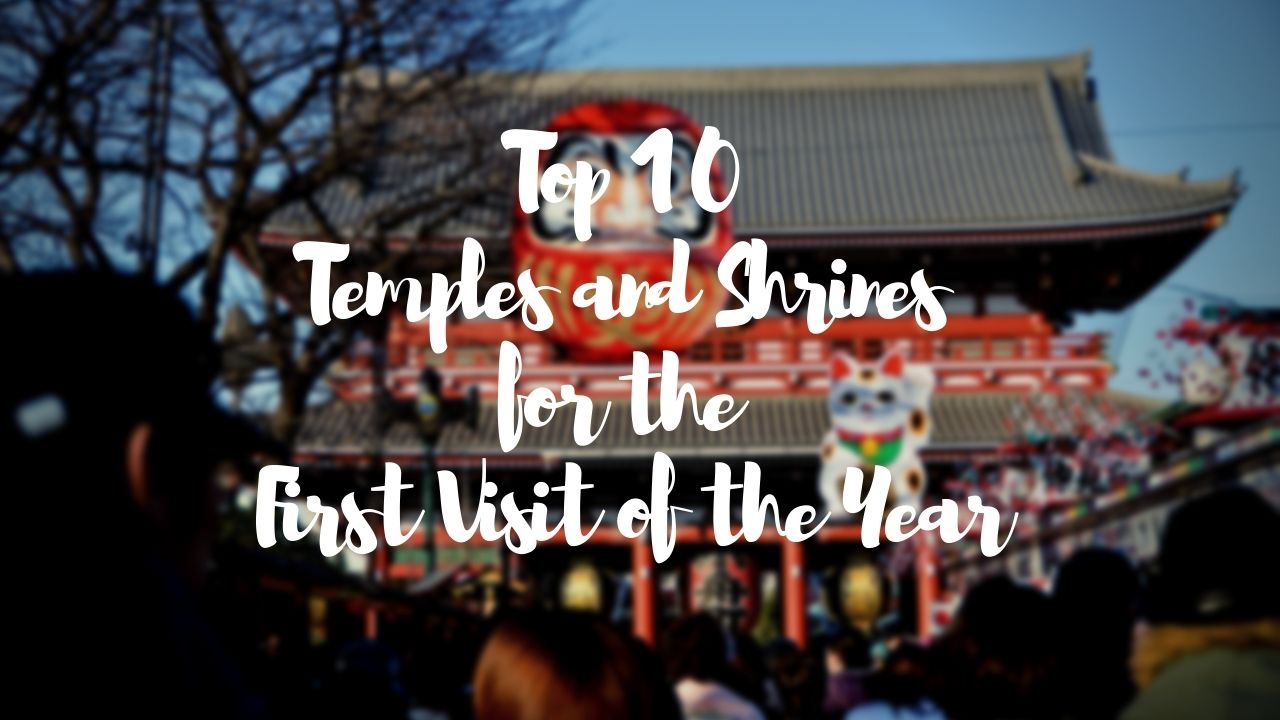
One of the most important traditions of the Japanese New Year is hatsumode (初詣), the first shrine or temple visit of the year. This first visit takes place between January 1 and 3. At most, it can be extended until the end of that week, although it’s believed that if the visit is made after day 3 it will not be as effective. However, any visit after the first week of January is already considered hatsumode.
In this first visit of the year, in addition to praying and making wishes for the year that begins, the omamori (a Japanese lucky charm) from the previous year are burned and new ones are bought, to start from scratch (or so the tradition says, some people keep them). You can also burn the daruma if you have achieved your goal.
This is a tradition that many Japanese follow, and the temples and shrines are very crowded. The wait to get to the place and make your wish can be even 4 or 5 hours. Many people, especially in the most popular temples and shrines, already start queuing from the moment of turning 12 am and we officially enter the 1st of the new year.
Japan has countless temples and shrines, so if you like large crowds and endless queues like me, your local neighborhood shrine or temple will do the trick. But in case you are curious or how some Japanese think that more people (and more money) have more options for your wishes to be heard, here are some of the most popular options among Japanese at this time in different cities of Japan . All the temples and shrines on this list are known to be power points, holy places brimming with mystical and spiritual energy.
1. Meiji-jingu Shrine and Senso-ji Temple (Tokyo Prefecture)
How could it be otherwise in Tokyo the most popular option is the Meiji-Jingu shrine (明治神宮). This famous shrine located in the Shibuya neighborhood is he most visited place in all of Japan for hatsumode. It’s said to receive more than three million visitors between New Year’s Eve and the following three days. It’s the maximum magnitude that can be experienced in Japan not only during this holiday, but throughout the year.
Another of the most popular options would be the Senso-ji temple (浅草寺), in Asakusa, for being the oldest temple in Tokyo. Also, it’s said that if you want good luck in business, this is the best place to go.
If you want more recommendations of temples to visit in Tokyo for the new year, check this article!
2. Kawasaki Daishi Temple (Kanagawa Prefecture)
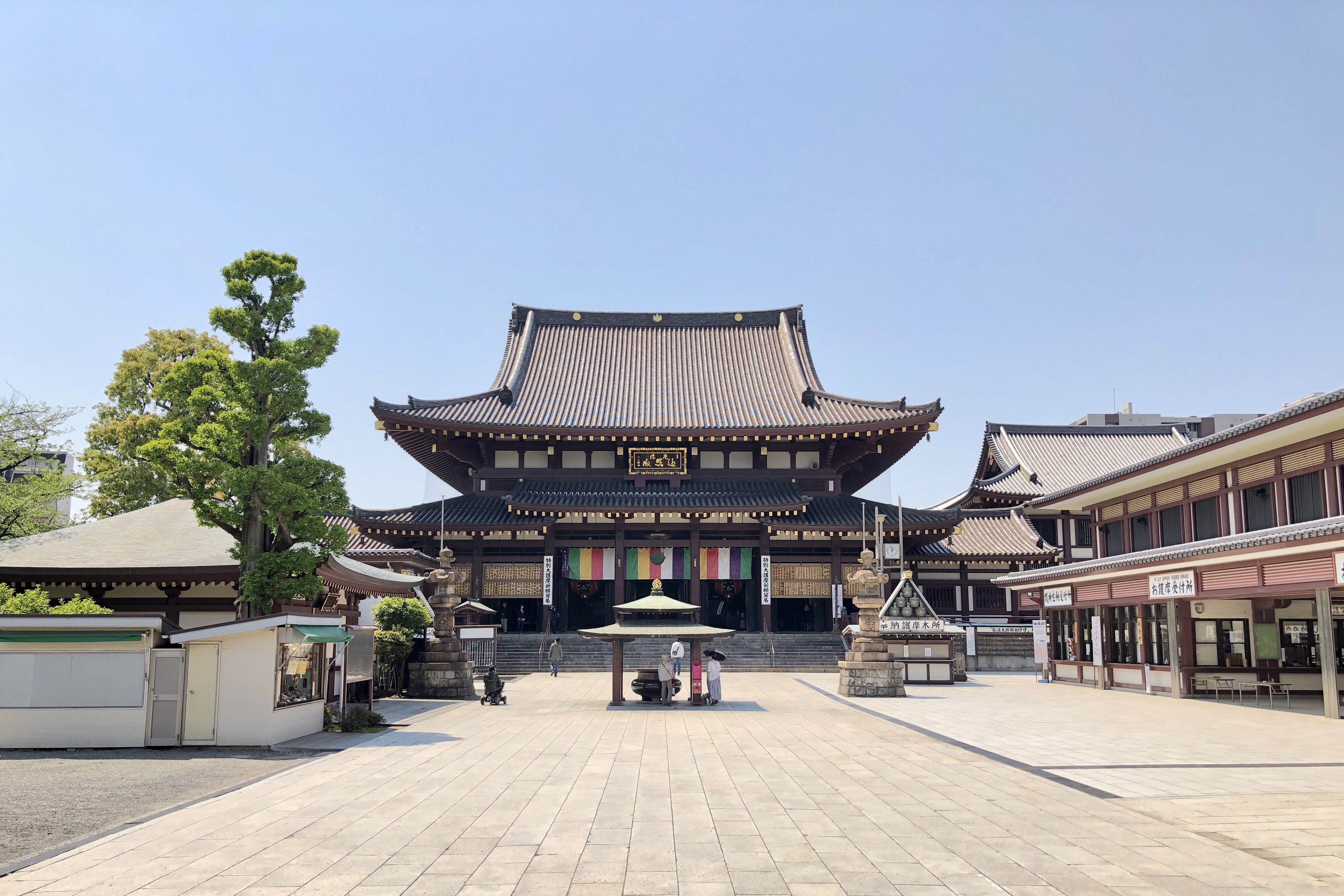
Kawasaki Daishi Heikenji Temple (川崎大師), sometimes abbreviated as Heikenji Temple (平間寺), is one of the most visited temple in all of Japan for New Year’s holidays with over 3 millions visitors (closely followed by Naritasan Shinshoji Temple). This is surely due to the fact that the temple is famous for its great power of protection against evil. So it’s the perfect place for those who want to expel evil spirits and bad luck in the next year that begins and and get off to a good start. Kawasaki Daishi Temple is also popular among the people with Yakudoshi (厄年), which are superstitious unlucky ages in Japan.
To access the temple we have to go through the Daishi Nakamise shopping street, where many candy and souvenir shops are lined up. At this time of year they also sell drinks and hot food, so that the wait until reaching the main part of the temple is not so hard.
3. Narita Shinshoji Temple (Chiba Prefecture)
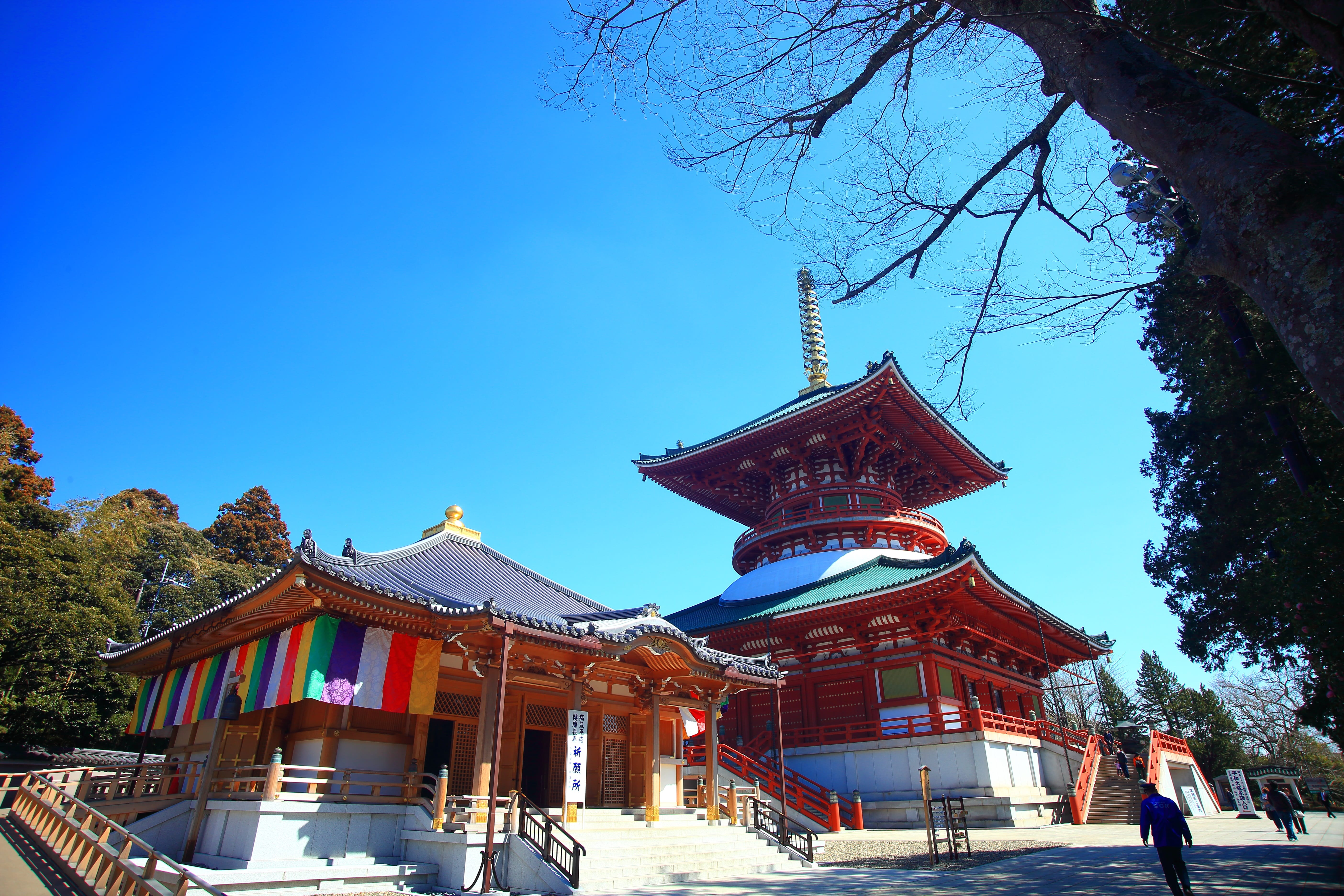
As I said earlier, the Naritasen Shinshoji Temple (成田山新勝寺) is together with the Meiji Jingu Shrine and the Kawasaki Daishi Temple one of the most popular places for hatsumode in Japan. The temple was founded more than 1,000 years ago and has more than 220,000 square meters, being one of the largest temples in the country.
It’s very close to Narita airport, so if you arrive in the country just at the beginning of the year or you return to your countries, it’s a good place to stop and make your wish for the year that begins.
4. Atsuta Shrine (Aichi Prefecture)
In Aichi prefecture in Nagoya, we have the Atsuta shrine (熱田神宮) as the one chosen by the majority of Japanese for the first visit of the year. The Atsuta shrine is very popular among the Japanese since it’s said that it’s in this shrine where the legendary sword called Kusanagi no Mitsurugi (草薙劍) is housed, one of the “Three Sacred Treasures”(三種の神器) of the Japanese Imperial family.
On January 5 they celebrate a very popular event called ‘Hatsu-Ebisu’ where people go to buy an amulet called “kumade” (熊手), lit. “Bear Claw” that is said to bring good luck for business (it’s a rake-shaped amulet to “drag” the good luck). It’s believed that the person who buys the first kumade will have the best fortune, so many people rush to try to be the first.
If you want to know more about the three sacred treasures, go to this article!
▶ The Three Sacred Treasures of the Japanese Imperial Family
5. Ise Jingu Shrine (Mie Prefecture)
The Ise Grand Shrine or Ise Jingu Shrine (伊勢神宮) in Japanese is the largest Shinto shrine in Japan. This Grand Shrine is actually two separate shrines. The inner shrine, where the sun goddess Amaterasu is enshrined, and the outer shrine, dedicated to Toyouke, the goddess of agriculture, industry and the everyday necessities of life.
The main priest or priestess must come from the Japanese Imperial Family. The premises of the shrine and its architecture may seem simple and minimal, but it has a lot of history and the Yata no Kagami (八汰鏡), the sacred mirror that is part of the “Three Sacred Treasures” or Sanshu no Jingi (三種の神器), that was given to Amaterasu’s grandson is even said to be housed there.
You probably can’t get more spiritual energy elsewhere in Japan.
6. Kiyomizu-dera Temple and Fushimi Inari-taisha Shrine (Kyoto Prefecture)
The Kiyomizumi-dera temple (清水寺) is undoubtedly one of the most popular temples in Kyoto, especially when it comes to tourists. But it is also very popular with the Japanese, especially at this time.
In addition to having a lot of history and several associated legends that make this temple very attractive to the Japanese, the Kiyomizu-dera has the famous Otowara waterfall. This waterfall has three different streams of water, which are said to serve three different kinds of luck: longevity, academic success, and love. Therefore, if any of these three things is among your goals for this new year, it’s not surprising that you decide to visit this temple and drink its water so that the gods listen to you and favor you. This is why many people see it as a great place to start the new year.
7. Sumiyoshi Taisha Shrine (Osaka Prefecture)
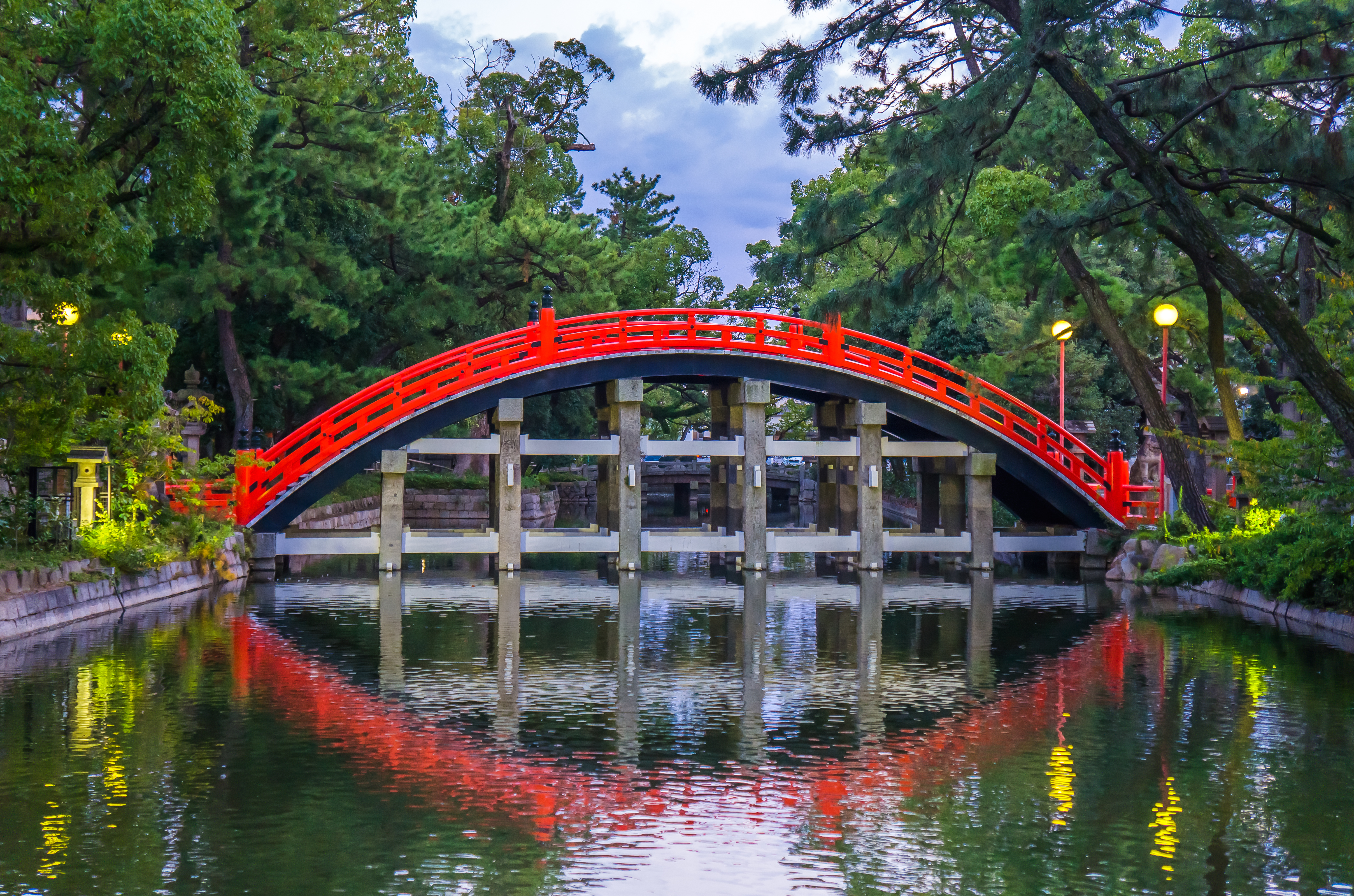
This shrine is one of the best hatsumode options for those who reside or are for these dates in Osaka or a nearby city. Sumiyoshi Taisha (住吉大社) it’s the main shrine and the most important of those known as Sumiyoshi shrines (there are more than 2,000 of them throughout Japan.).
All Sumiyoshi shrines enshrine three gods known as Sumiyoshi Sanjin, who are responsible for protecting those who travel by sea, defend the nation and promote waka, a type of Japanese poetry. So the shrines are generally located close to harbors and are popular with fishermen and sailors, military and waka writers or students.
These shrines also tend to have a distinctive architecture called sumiyoshi-zukuri, characterized by among other things their straight rather than curved roofs. The facilities of this shrine are a sight to behold, and perhaps for this reason it’s one of the most popular shrines and receives millions of visitors every year; although these visitors have no relation to the seas or navigation.
8. Izumo Taisha Shrine (Shimane Prefecture)
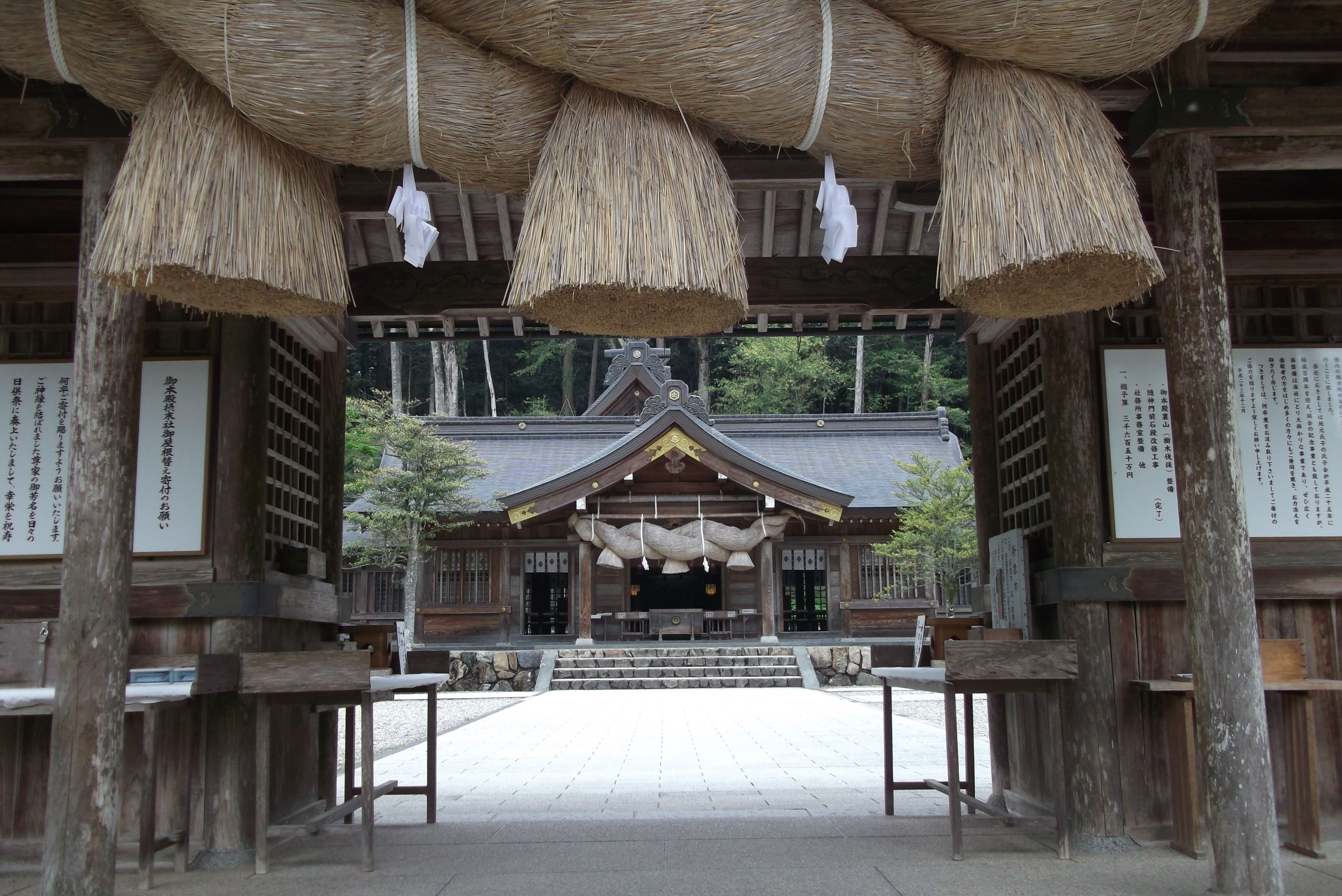
Like Ise Grand Shrine, Izumo Taisha (出雲大社) is a shrine steeped in history and one of the oldest in Japan. Okinunushi, the Shinto god of love and marriage, is enshrined in this shrine.
For this reason it is the sanctuary chosen by those whose desire is related to love, whether they are looking for a new love or saving a problematic relationship. It is said that when paying your respects you have to clap four times instead of the usual two, because you are also praying on behalf of your partner in life (even if you have not found him yet)
Also, as this shrine is one of the most sacred, it is said that in the 10th month of the lunar calendar (which would normally be November), the 8 million deities of Japan gather here to discuss people’s destinies for the upcoming year.
9. Itsukushima Shrine (Hiroshima Prefecture)
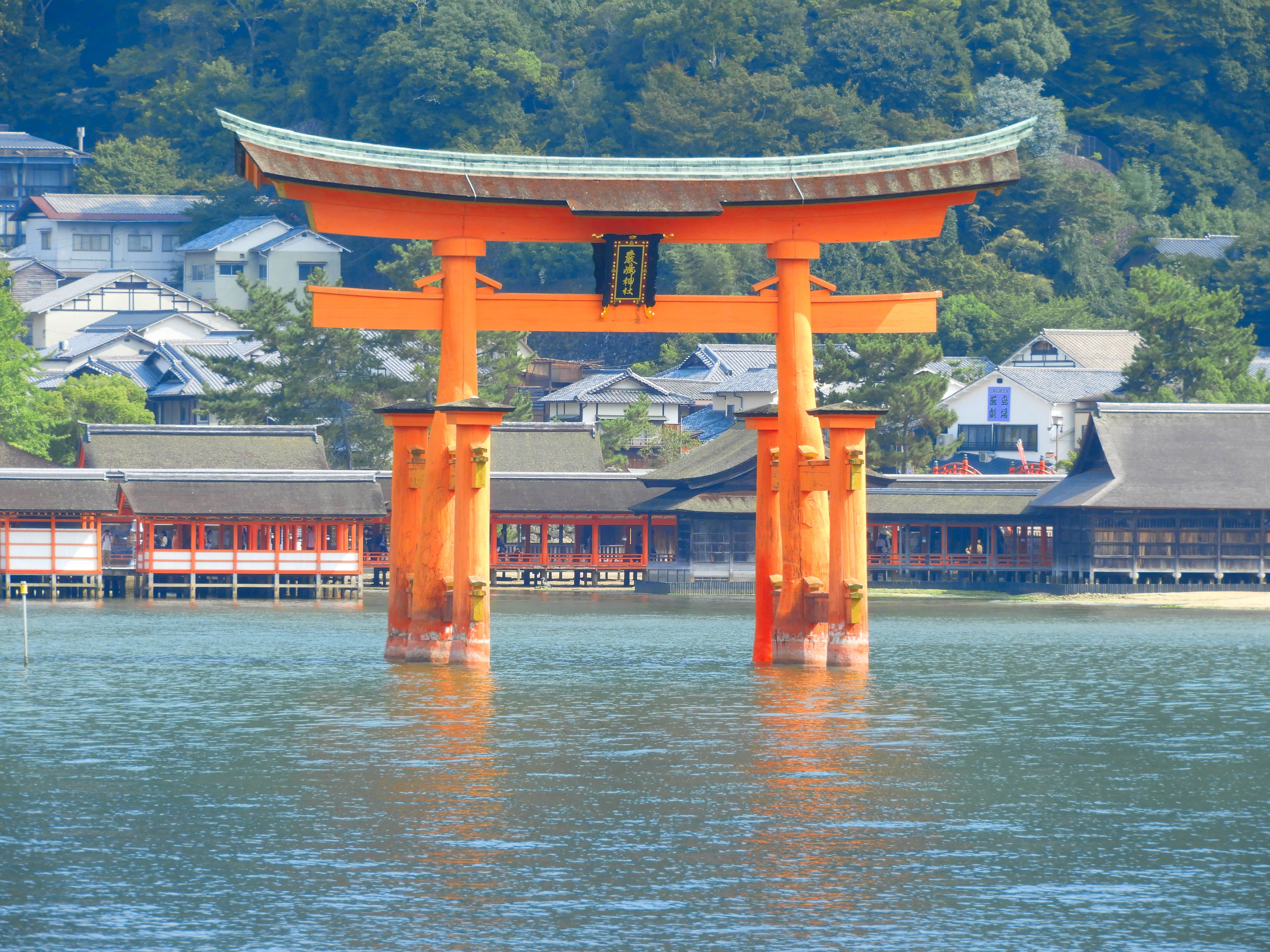
Itsukushima Shrine (厳島神社) is probably the best known of all the shrines in Japan to foreigners. And it’s that although most surely don’t know its name, all have seen its famous torii in the water (it’s said to be one of the most beautiful sights in Japan).
It’s said to be one of the purest shrines in Japan. That, together with the attraction of seeing its huge torii floating in the water at high tide, makes it the choice of many Japanese for their first visit of the year. At low tide the view is not so impressive, but the torii can even be accessed by walking and touching it, which also arouses the interest of some.
10. Dazaifu Tenmangu Shrine (Fukuoka Prefecture)
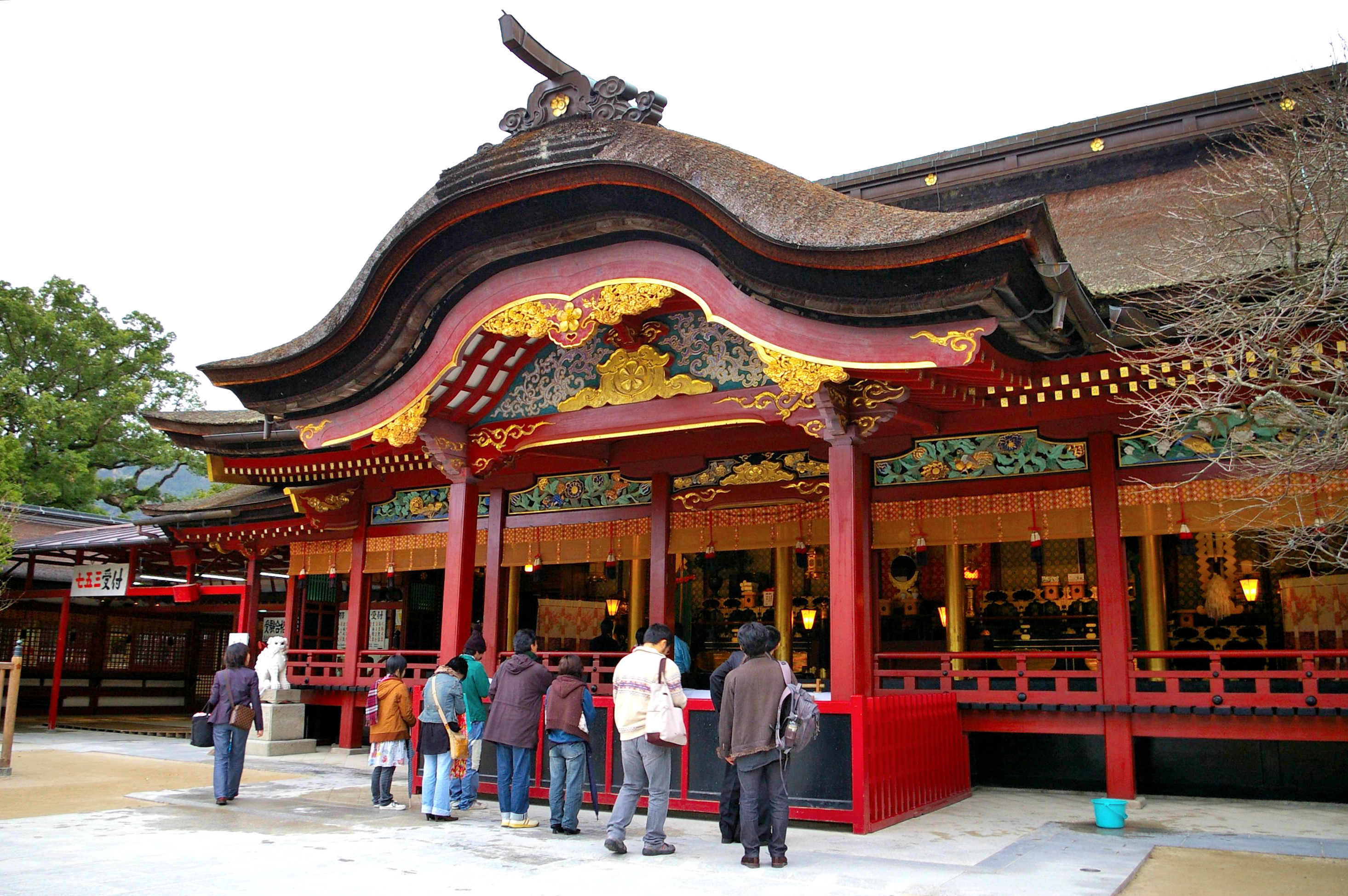
For those who live in Fukuoka or are there for the new year, the most popular place is undoubtedly the Dazaifu Tenmangu shrine (太宰府天満宮), dedicated to the scholar Michizane Sugawara, a nobleman from the Heian period.
This shrine brings together more than two million people each year for the New Year, many of them students. Since it’s consecrated to Michizane Sugawara, who was deified after his death and is considered a kind of god of learning, it’s believed that if you ask for academic success in this shrine, you will be assured of success. Although you can also make all kinds of wishes.
▽ Related Articles▽
▼ Editor’s Picks▼
Written by
From Barcelona to Tokyo. Coffee & Adventure lover.
I started to like Japan because of the anime, music and dramas, but after my first trip to the country I found what I love the most: traveling around, the culture and history. I have travelled a lot in Japan, but I still have many places to discover that I want to share with you. Let’s discover Japan together!
Also, as a foreigner living in Japan for over 6 years I understand what kind of things are difficult when you move here and I want to help other people in the same situation that I have in the past.
